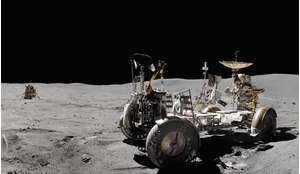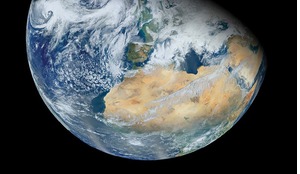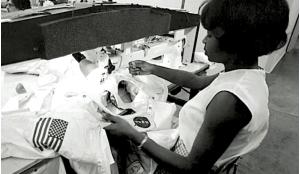Shakespearean puns aside, the superficially simple nature of the titular question belies what I believe to be its profound scope. In this article I will attempt to unravel that question and some of its dimensions. In so doing, I hope not only to contribute to the pertinent issues raised by Darren McKnight, whose tireless work on space debris has contributed in no small part to our current understanding of the problem, but also to lend my humble voice to a discussion on the problems posed by debris and, in the broadest possible sense, the solutions thereto. All of this, in the sincere hope that the international community can together transcend the many entangled obstacles to arrive at global concerted action against an ever-growing debris population.
In its most literal sense, the article title’s question directly pertains to my activities as an international legal scholar: what is to be categorised as debris and what is not, from a legal perspective?
Simply put, international legal treaties governing space activities do not distinguish, or ostensibly allow us to distinguish, between different legal categories of ‘space objects’ according to their functional or, as would be the case for debris, non-functional nature. The legally qualified notion of ‘space activities’ also appears to comprise the ongoing presence in outer space of what is colloquially or technically termed ‘space debris’. These legal notions, among others, are central in determining the legal rights and obligations of States, and actors under their supervision, with regard to those objects and activities, and therefore in appraising what can or cannot be done in relation to them.














